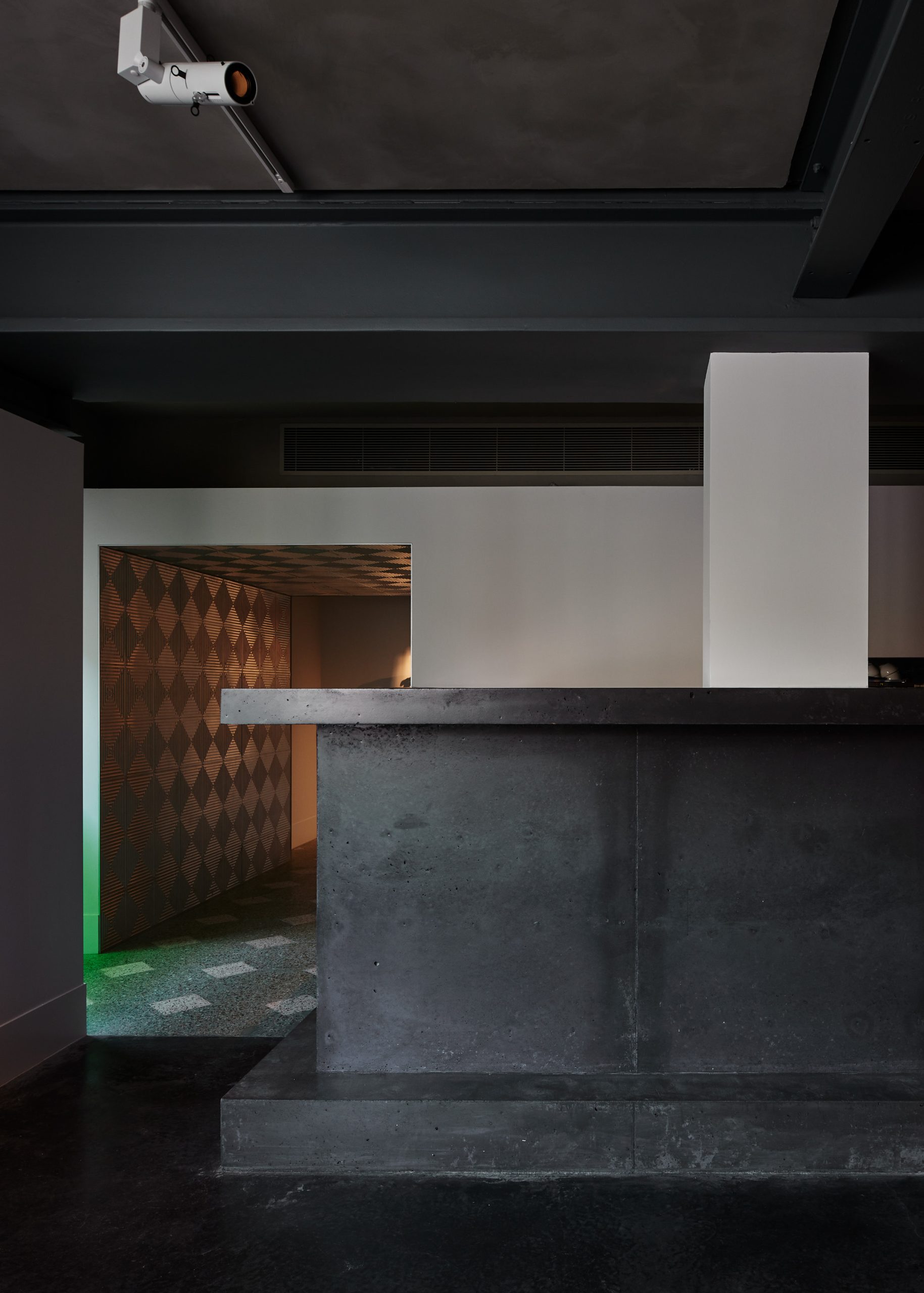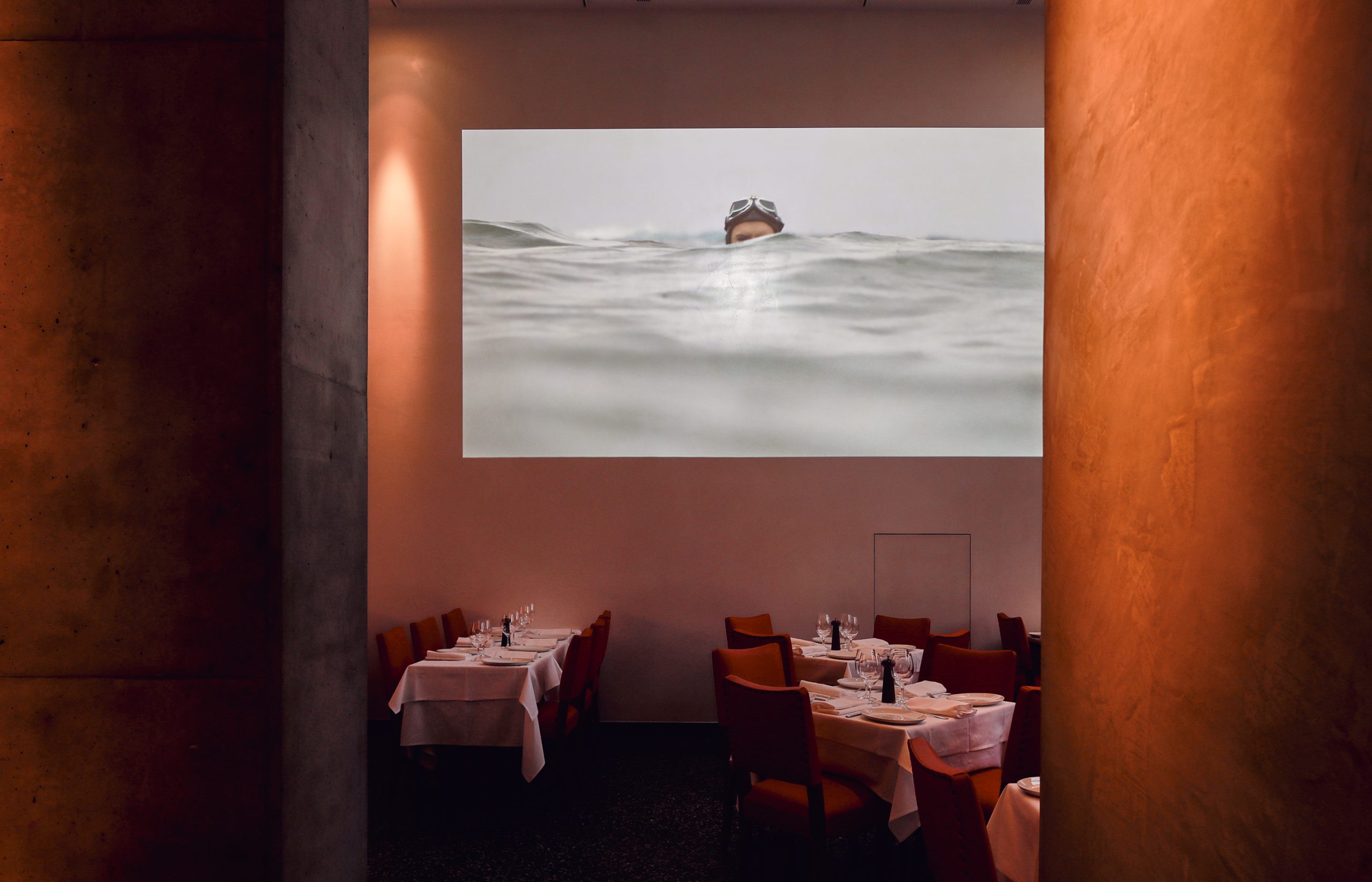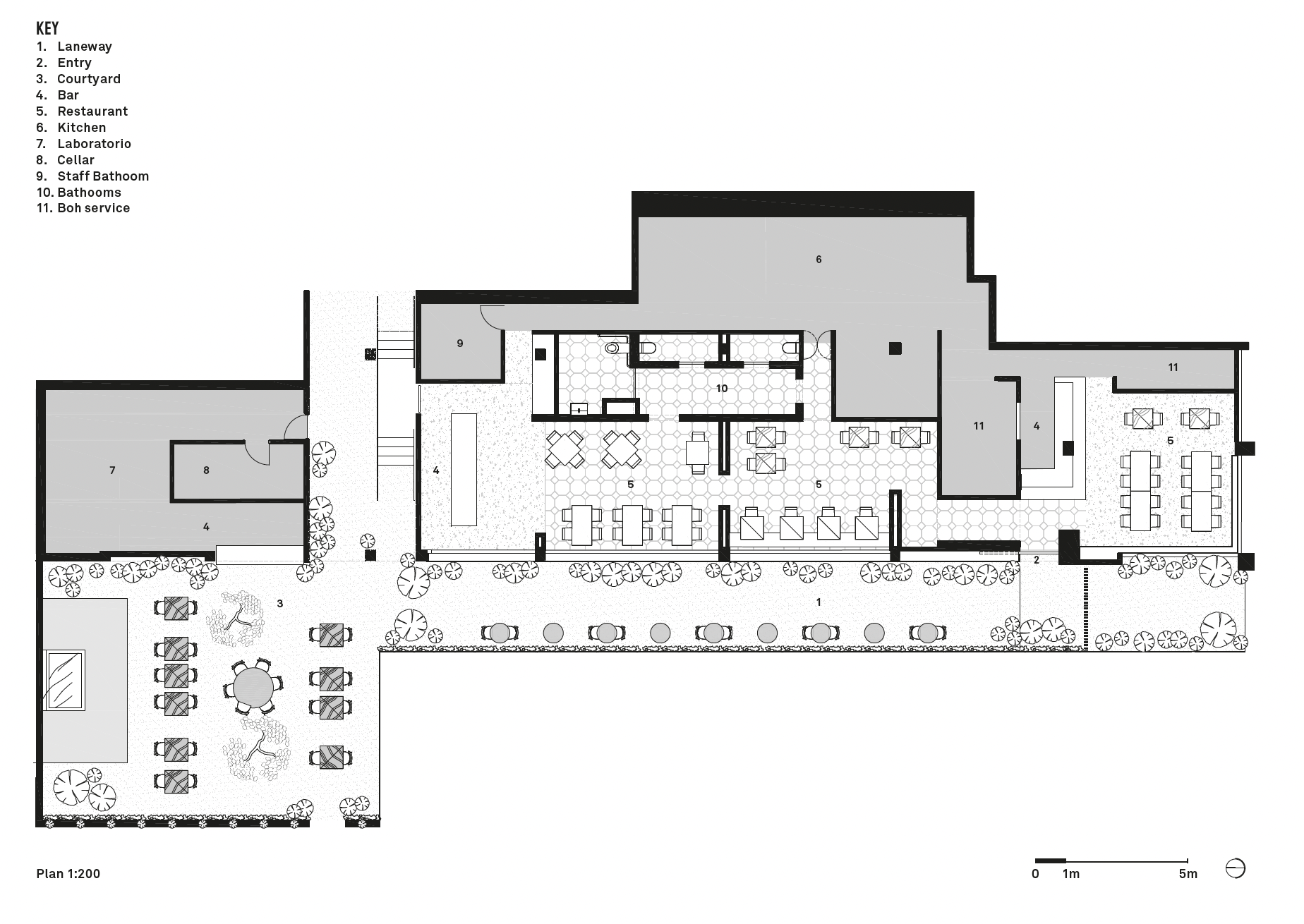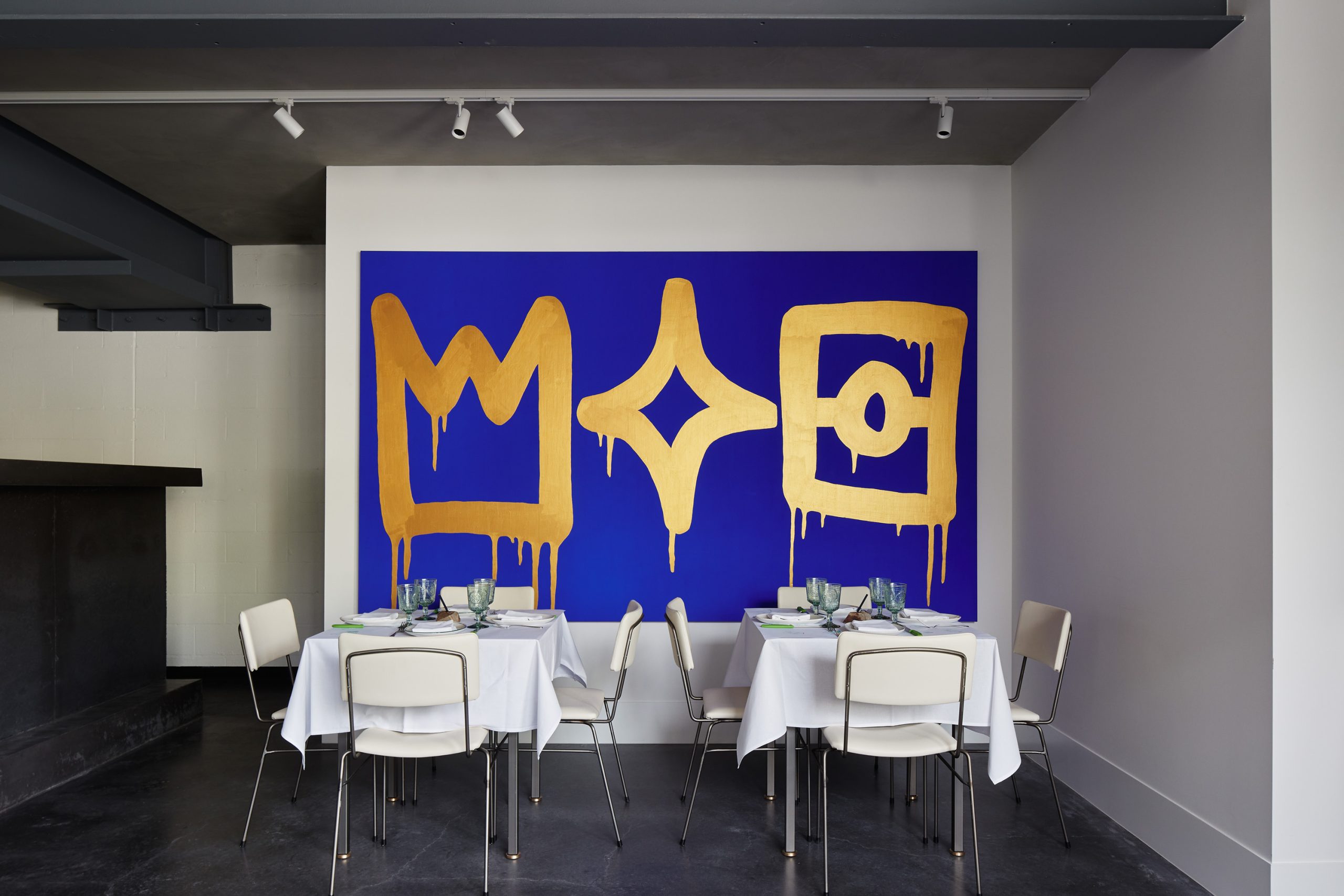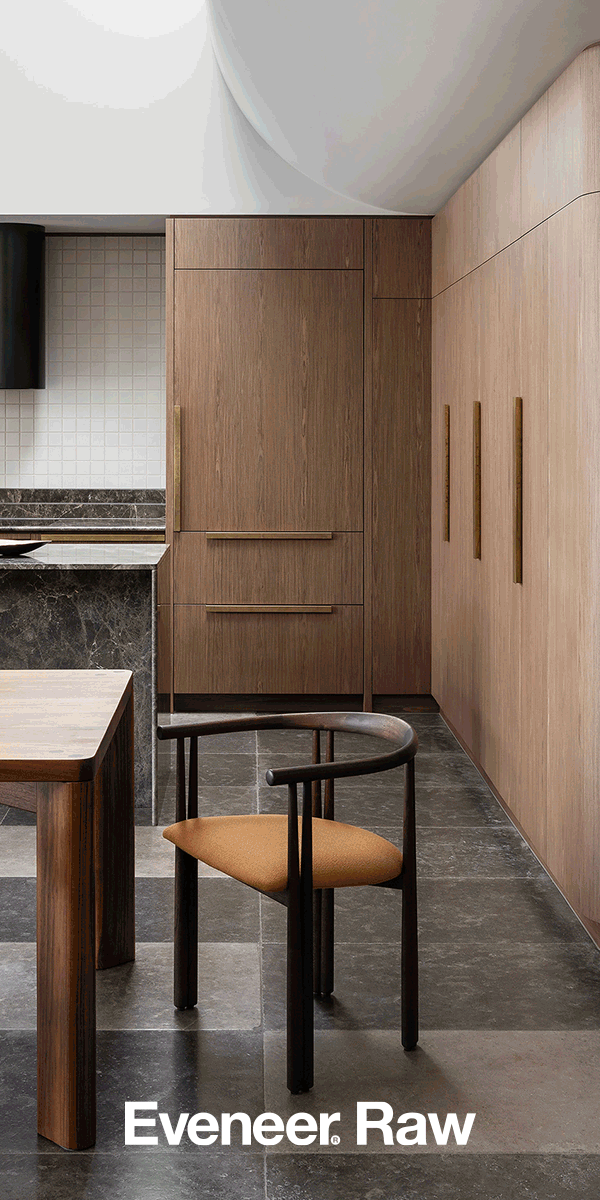The modest dimensions of Lee House belie the care with which architect Angelo Candalepas approached its design. With thoughtful nods to the...
Di Stasio Carlton by Hassell
The latest venture for veteran restaurateurs Mallory Wall and Rinaldo Di Stasio is Di Stasio Carlton, a pizzeria with an interior that reveals a thoughtful balance of contemporary and traditional materials, practical and theatrical finishes, and firm roots in its local neighbourhood.
Essay
Ben Edwards
Photography
Peter Bennetts
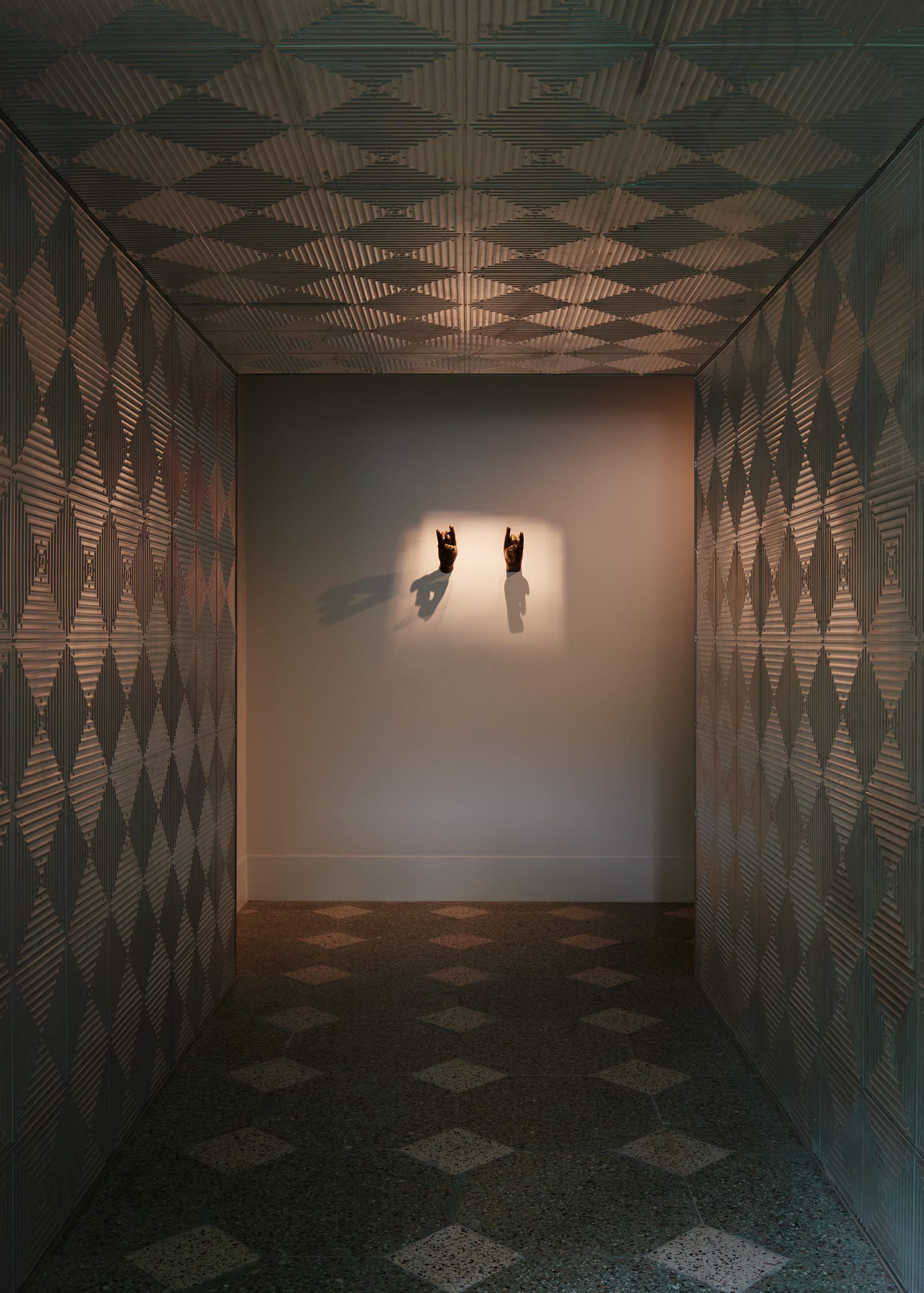
Di Stasio Carlton is an architecture of idioms – a dialect, expressed as structure, colour, composition and form. The space is a manual in an idiosyncratic approach to hospitality, honed sharp by restaurateurs Mallory Wall and Rinaldo di Stasio. The new pizzeria builds on a legacy of Melbourne dining, an unshrinking third in a legacy of iconic Melbourne institutions owned and run by the pair. With a strong instinct for identifying and developing the simulacra of culture, whether that be in contemporary food, art, fashion, architecture or design, the interior architecture of Di Stasio Carlton – conducted by the pair with architect Di Ritter at Hassell, is instinctively composed in a manner that supports a tightly run ship. Each element in each room is the outcome of a decision that allows every service to run smoothly while at the same time setting a scene. From the wall-thickness to the waitstaff this place is designed to let you know that there’s someone in charge.
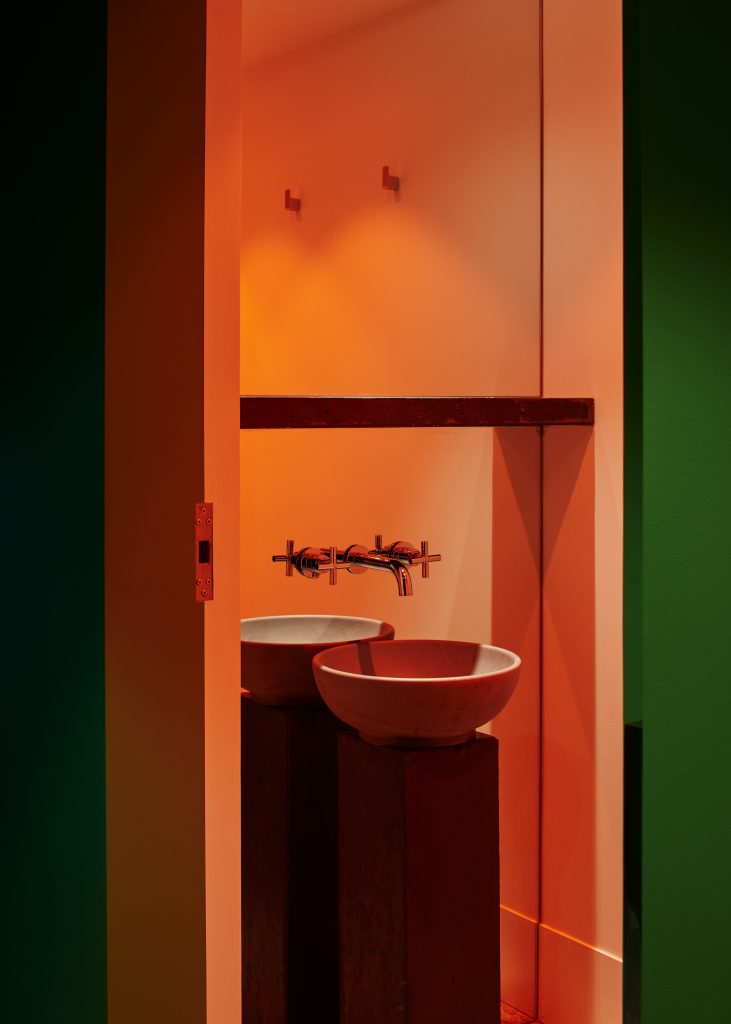
The restaurant sits behind the recently refurbished King & Godfree building occupying a corner block on Lygon & Farraday Street. Set back from the public domain and accessed via a narrow walkway between buildings, the site, filled in tightly, adjacent the void of the pizzeria’s alfresco courtyard, echoes a European centro historico – a Noli plan in miniature. The ground floor site was chosen for its potential to engage with the street. While it may not have the same tension of a Neapolitan streetscape – barbed wire and broken glass alongside glamourous boutiques – the site holds just enough grunge, grit and proximity to a neighbourhood of like-minded hospitality venues with an Italian lineage, for the owners to feel they could connect to the community.
Past the translucent green glazing that marks the boundary of the interior, rooms are sculpted to anchor the dining experience. The architectural elements are solid, formal and make clear reference to Italian rationalism. However, it is the process that informed the scale and weight of these forms, how they were designed for the specific purposes they serve, that is most interesting and reflects the team’s commitment to generosity over pure practicality. Working outside the limitations of documentation, Di collaborated with Rinaldo, Mallory and the builders onsite to mock up scale models, first in card, then 1:1 in plywood so that they could test the spatial proportions and get a sense that each element felt right. From the ceiling heights, to the final door and window datums the design danced between the limitations of structural steel and fire regulations without letting them dictate the final outcome of the project. The success of this process and approach to design and construction is very much the outcome of a good relationship between architect, client and builder working together under the framework of a flexible, accommodating and collaborative understanding to develop a process that allowed for open dialogue. The final result is a testament to this fluidity – to the value of allowing for things to change during construction.
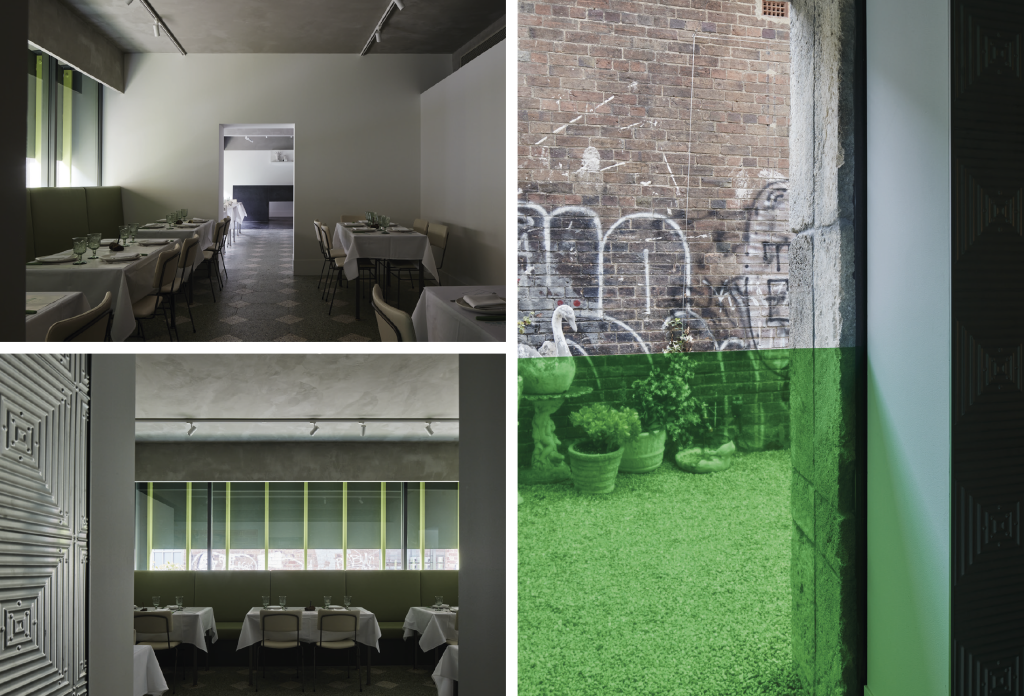
The front of house is divided into three main rooms: Bar Sport, Ladies' Lounge and the Caravaggio Room. Bar Sport acts as a holding space as you first enter the restaurant, a high concrete bar is a monolith in the space – Mallory worked with plywood models to achieve a balance between comfort and theatrics . A bar height that allows patrons to lean comfortably without revealing the secret alchemies of the cocktail waiters. The Ladies’ Lounge is the main dining room, a space where seating is laid out tightly and access to the brightly hued powder-rooms is at arms-length. This planning, where a visit “to the ladies room” is as elevated an experience as being in the more public spaces, is a signature move in Mallory and Rinaldo’s spatial playbook – a small detail that goes a long way in making their guests feel safe and comfortable. In the busy dining rooms, views to the laneway are through a rhythmic pattern of bright green window frames that form a quasi-colonnade – one of a number of crisp elements, that layer to create Di Stasio’s rustic aesthetic that wilfully toys with tradition. The Caravaggio Room, is punctuated by a heavy concrete alter, crowned by a vitrine that holds a series of recent sculptures by Shaun Gladwell. The back of house is efficient and concealed, a break from the open plan, on-show kitchen that has become commonplace in restaurants throughout Australia. Instead, this essential aspect of the production is kept elusive, held behind walls that are adorned with hyper-colour paintings by Kamilaroi artist Reko Rennie.
Di Stasio Carlton is a manifesto for contemporary design and dining. It is rare that a new commercial space and interior fit out can be made to feel something other than what it is – at once too new and a la mode. At Di Stasio Carlton architecture and art create a backdrop to share food that feels completely timeless. The illusion is that this place has been there for 25 years and the reality is it will likely be there for another 25 at least. Materials are raw with a re-assuring weight, hairline cracked concrete, heavy slabs forming furniture, anchor the new interior to its place. It is solid feeling, it has legacy – this is not fashion.
Featured in Union Issue 02.
